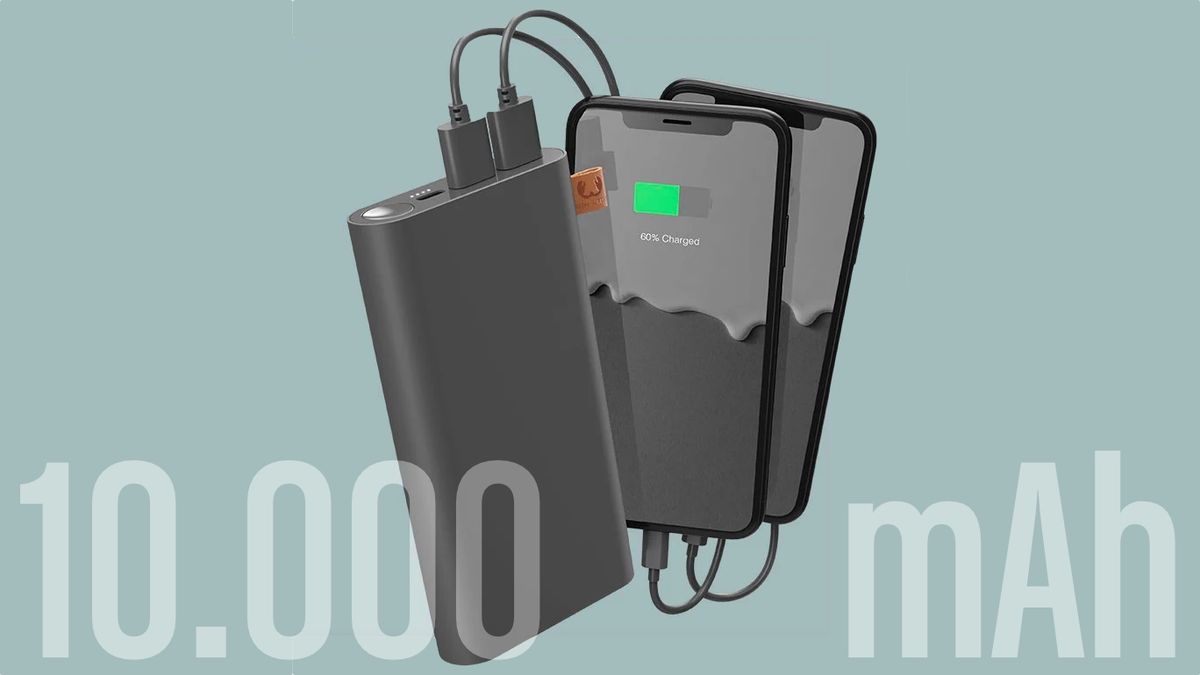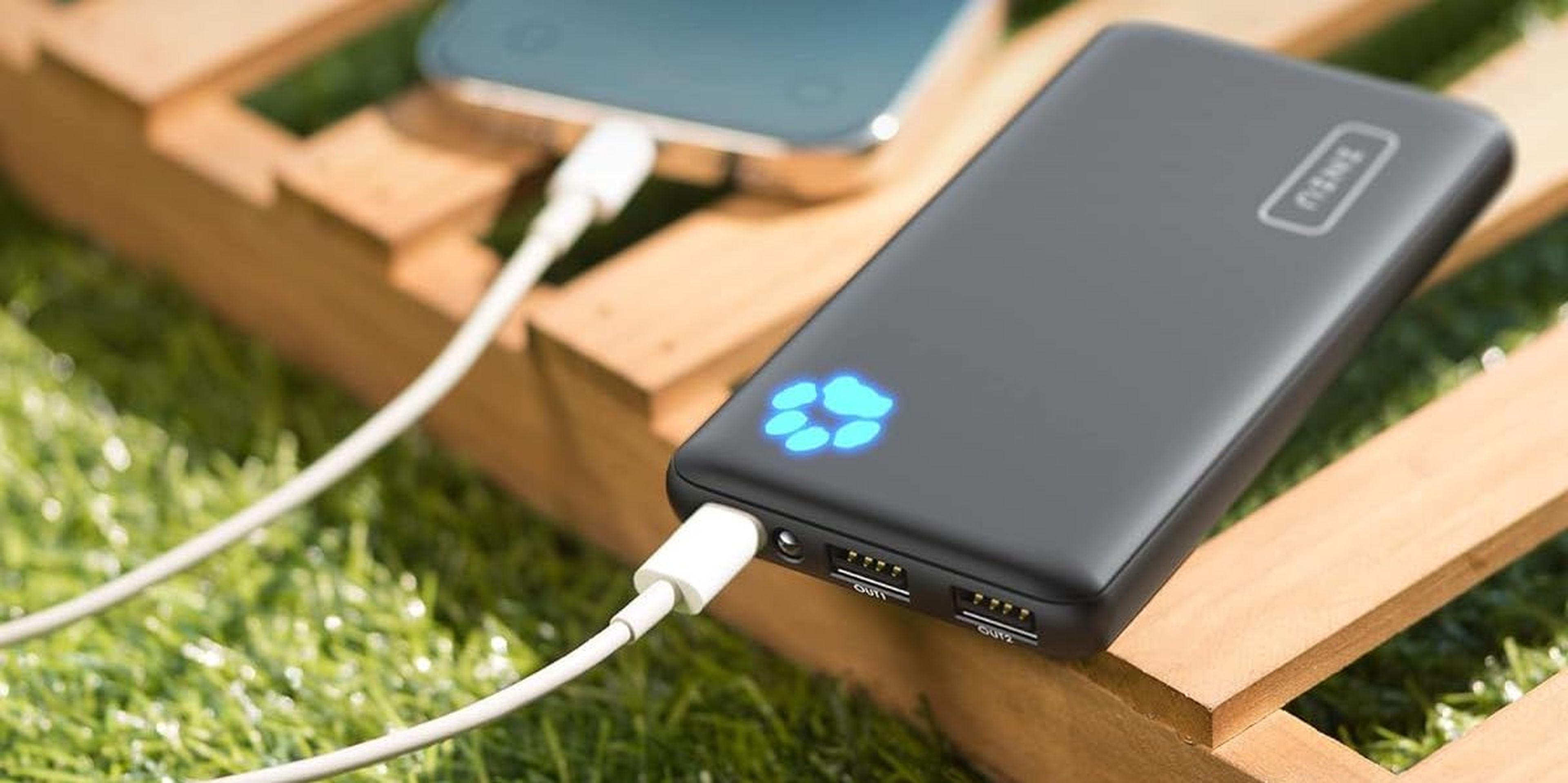If my powerbank has 15,000 mAh: why doesn’t it charge my phone with a 5,000 mAh battery three times?

Within the world of power banks We have certain figures that we must know beyond the number of ports it has or its capacity. There are batteries with 20,000 mAh, very large in size, weight (usually around half a kilo) and capacity that take 5 hours to charge while others only need 50 minutes.
The same thing happens with the charging they provide from their USB and USB-C ports, there are different charging protocols and the most basic ones are capable of giving a maximum charge of 10 W while the most advanced ones can reach more than 100 W via USB-PD protocol. This means that, for example, we can charge laptops or any device at a charging rate comparable to its wall charger.
These figures are more or less known to everyone, however, the capacity is something that escapes us and it is for no other reason than because the manufacturers deceive us, well, no, but they do give us some mAh equivalent figures.
Power banks have an internal configuration with lithium batteries usually in which it is possible to add their voltages and/or capacities in series and parallel.
This is why the internal battery of the powerbank has a capacity at a given voltage. Let’s say that by multiplying the capacity by the voltage we could obtain the effective work capacity in Wh figures.
Let’s take the example of a 10,000 mAh powerbank that has two 5,000 mAh cells inside, in parallel, which add up to their capacities. That is, it has a capacity of 10,000 mAh at 3.7 V or 37Wh.
Our smartphones have an internal battery that also works at 3.7 volts and therefore that figure is comparable to the charge it can store as a mobile phone, but this is where the catch comes.
For carry A mobile phone requires at least a voltage of 5 volts, so the powerbank has to do a first conversion. We say 5 volts, but they can also be 9 V, 12 V or 20 V fast charging with, for example, the USB-PD standard.
Once the voltage is configured, the electric current begins from the powerbank to the mobile phone and it is in the mobile phone itself that a second conversion is managed, to reach its battery.
Between first current setting and the second adjustment of current there are certain losses (in the form of heat) and this is where you can see that from the mAh that the powerbank has to those that reach the mobile there is a difference of between 25% and 33% that is lost throughout the conversion process.
It is because of that a 15,000 mAh battery will be able to charge twice and little more than a mobile phone with a 5,000 mAh battery and not reach three times.

If we charge wirelessly, there is an added loss of efficiency, and therefore less charge that reaches the mobile.
And finally, one last critical point: the degradation of the internal batteries of the powerbank. From the initial 15,000 mAh after a year and a number of downloads, it loses internal capacity. Brands usually promise a maximum degradation of 20% after 800 charges.
So those are the reasons why you should not take the mAh of the external battery you buy at face value and you should calculate a loss of between 25% and 33% of effective capacity.



